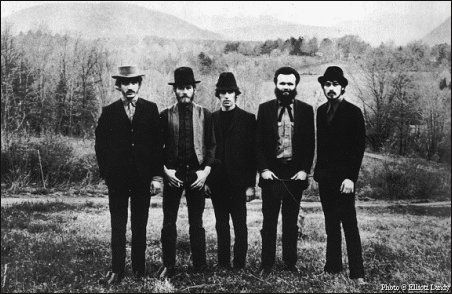Oak Alley Plantation: Stories Behind the Trees
- Gabrielle Bossy

- May 14, 2017
- 3 min read

The car glides easily down a long, gravel path before sliding into a parking space. Before me, a gorgeous columned home (if you can call something this big a home) stands in all its Greek Revival glory. A breathtaking double row of living oaks descend from the house creating a welcoming pathway one would love to waltz up. It’s easy to picture yourself, rocking on the front porch sipping on a mint julep. In fact, they’re for sale. As you look to your right however, before the house, before the row of trees, your heart will drop into your stomach a little as you come face to face with a group of slave homes (if you can call something that primitive a home). It was on this property where one very wealthy white man and his family lived in a house big enough to fit hundreds and looked over a property of hundreds of black slaves who were overworked and unpaid, cramped into quarters far too close together. What an ugly, beautiful place Oak Alley Plantation is.

The Family
While the trees at Oak Alley were planted long before the home was built, the estate itself has a long history. Created as a sugar plantation, in 1836, Jacques Roman exchanged the land with his brother in law and began the construction of the massive “home” on site using slave labour to get the job done.
Jacques (and his wife Celina, who never liked life on the plantation) lived there from 1836 until the Civil War when they lost the property. During that time, 220 people were enslaved there.
While Jacques did lose his property, his descendants remained very wealthy and established in Louisiana. Today, the lineage can be traced all the way to the current owners of Café du Monde, a world-renowned beignet joint in down town New Orleans.

Slavery at Oak Alley
220 people in slavery. Disease, work-related injuries and death were the reality of daily life for people who were seen as less than that. Some worked in the house, others driving the ox carts and still others in the field. Their names are all inscribed into the walls of one of the Oak Alley plantation “homes”.
One of the most noted slaves from Oak Alley Plantation was named Antoine (last name unknown). He was responsible for grafting pecan trees which lead to the first commercial pecan operation at a nearby plantation. Sadly, signage points out, Antoine received very little praise for this during his lifetime despite it being an extraordinary accomplishment. Most of the notoriety went to Jacques.

The End
As mentioned above, the Civil War brought the end of Oak Alley for Jacques and Celina as they went completely broke. When Jacques died, Celina managed the plantation poorly and it ran right into the ground. Slaves began to self-emancipate and house slaves ran away. The end was near. Sugar plantations didn’t make much money without slave labour and that much was clear.
So, when the house was sold in auction, it sat empty for a long time. New owners couldn’t take care of the home and it went into disrepair. In 1925, the last owners of the home bought the estate and found that cows had been living in the home (our tour guide explains they were able to break in during a storm and nobody checked on the property). Andrew and Josephine Stewart (the new owners) took great care of the home and preserving the history. Josephine left the home upon her death to the Oak Alley Foundation who run it today.

Today
Today, Oak Alley is open to the public. Guests can wander the slave cabins for free and read about the history. They can read all the known names of the slaves on a memorial wall and they can see many of the tools they worked with. For a fee, visitors can get a tour through the plantation home during which, the tour guide stresses the importance of seeing the slave huts. In this sense, they’re doing a good job (although I do think the slave huts could use a tour guide as well).
Where Oak Alley falls apart for me completely, is the commercialism. Couples get married there and they sell mint juleps outside the house. A restaurant and inn is the first things visitors to the website notice on the page and there is very little history available there. To me, something doesn’t quite line up. Oak Alley is absolutely breathtaking in many ways and worth the trip. In others (more important), the trip is worthwhile to learn the history of slavery in Louisiana and to interact with personal stories. Despite the educational opportunities however, I believe Oak Alley is practicing a very irresponsible way of teaching history. Plantations should be places of reflection to learn from past mistakes and think about making ammends. Unfortunately, Oak Alley is positioned as a selfie hot spot, wedding dream day locale.

Peace, love & history.



Comments